The Organic Food and Beverages Market has shown substantial growth over recent years, driven by increasing health consciousness among consumers and a growing preference for organic products as a sustainable alternative to conventional food and beverages.
This market is characterized by a diverse range of players, from large multinational corporations to small local producers, each vying for a share in the burgeoning demand for organic offerings.
As concerns regarding food safety, environmental sustainability, and health benefits come to the forefront, companies within this sector are innovating to meet consumer expectations and differentiate themselves through unique product offerings and branding strategies.
Competitive insights reveal not only the market leaders but also the dynamic landscape defined by strategic partnerships, acquisitions, and a robust supply chain aimed at maintaining quality and consistency in organic offerings.
Unilever has established a significant presence in the Organic Food and Beverages Market primarily through its commitment to sustainability and health-focused products.
The company's strengths lie in its diverse portfolio that includes organic variants of well-known food and beverage brands, as well as its extensive distribution network, which ensures that products reach consumers efficiently across the globe.
Unilever is recognized for its innovative approaches to product development, often incorporating consumer feedback to refine existing offerings and introduce new ones that align with the organic trend.
The company's ambitious sustainability goals, accompanied by substantial investments in organic agriculture and responsible sourcing, bolster its credibility and appeal among health-conscious consumers, thereby enhancing its competitive positioning in the market.
General Mills likewise plays a notable role in the Organic Food and Beverages Market, with a suite of organic offerings including cereals, snacks, and beverages designed to cater to the health-conscious consumer segment.
The company’s strengths are underscored by its established brand equity and the trust it has cultivated over decades. General Mills actively pursues strategic mergers and acquisitions to enhance its organic product line while expanding its market presence globally.
This approach allows the company to tap into new consumer trends and preferences, thus adapting to the increasing demand for organic options.
Additionally, General Mills invests significantly in research and development to ensure that its organic products not only meet but exceed market expectations in terms of quality and taste.
By maintaining a strong emphasis on sustainability and responsible sourcing, General Mills enhances its reputation and competitiveness in the global organic food and beverages landscape.
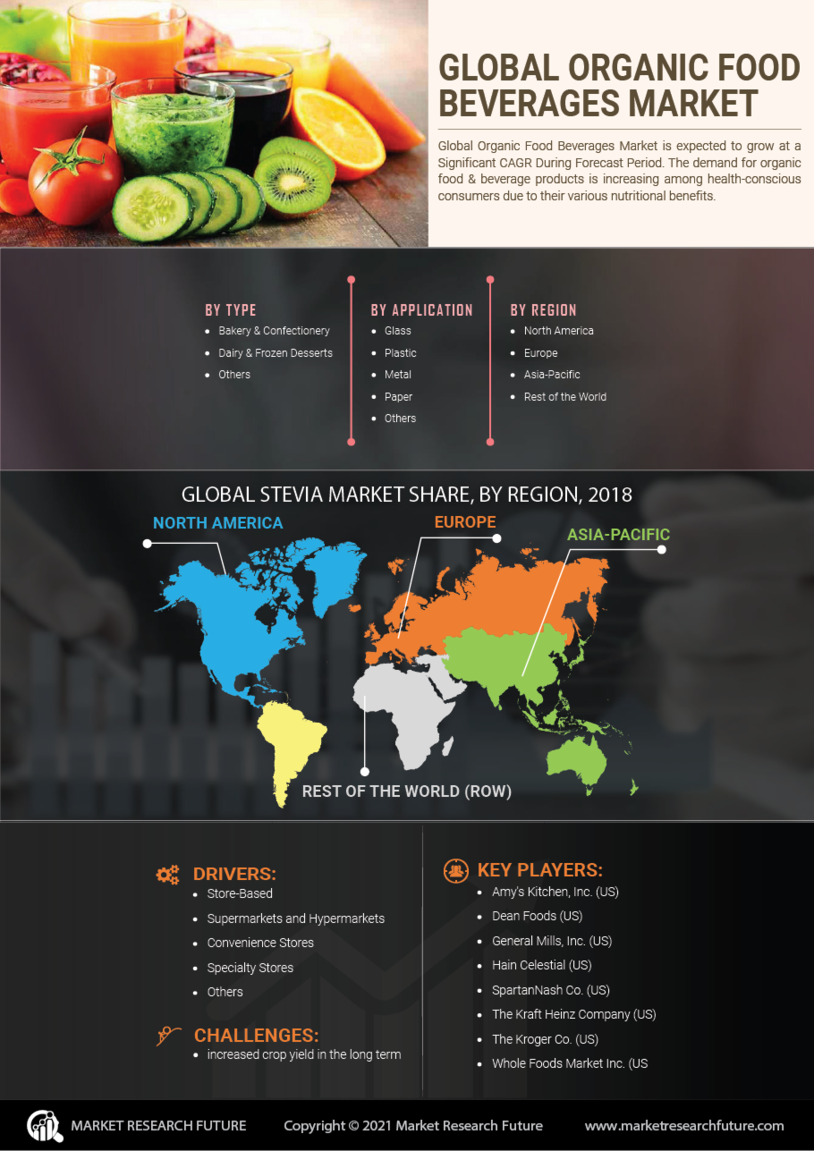

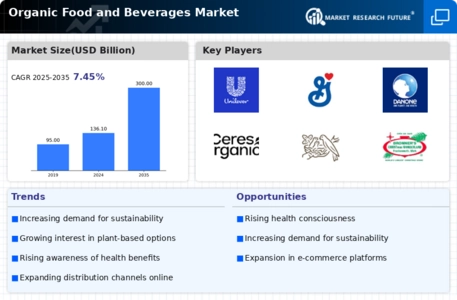
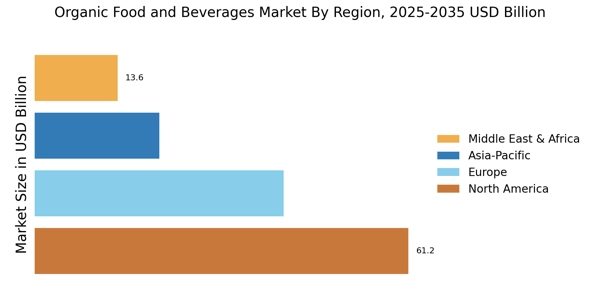
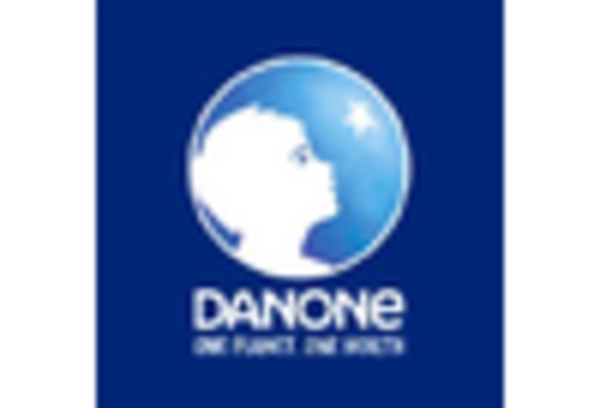
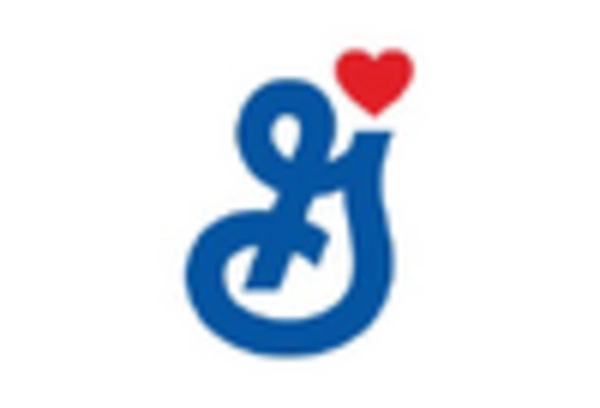


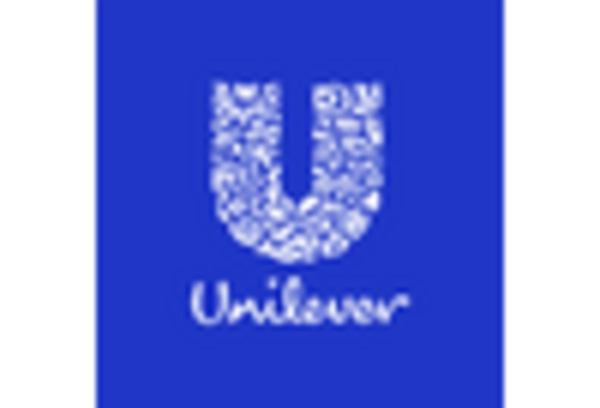
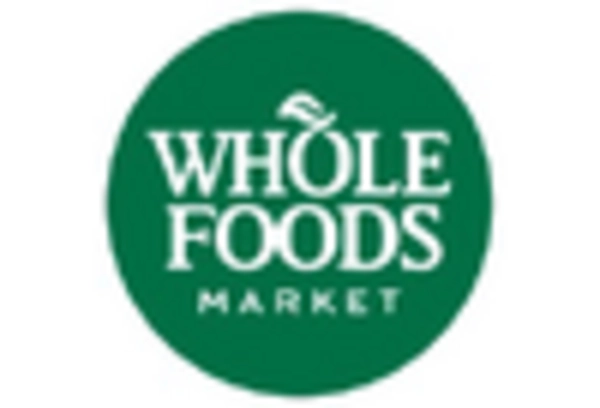








Leave a Comment